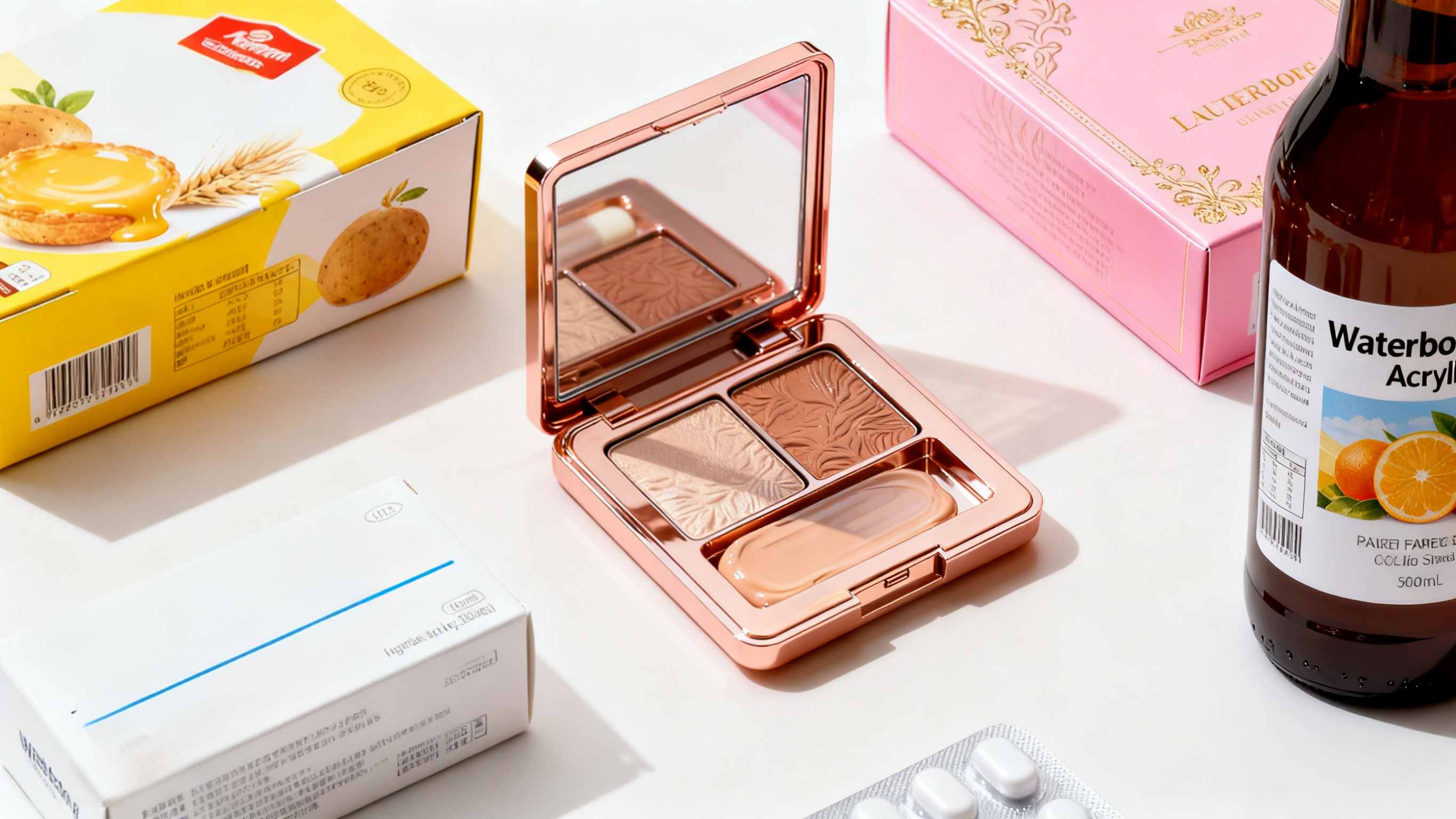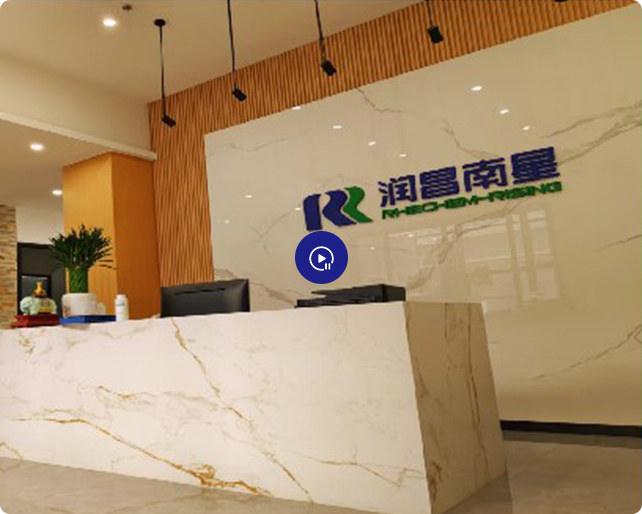
The global printing and packaging industry’s demand for high-performance, eco-friendly, and safe coatings is growing rapidly. Driven by consumer focus on product safety, environmental regulations, and brand demands for premium appearance, Waterborne Acrylic Emulsions has emerged as a game-changing solution—outperforming traditional solvent-based or nitrocellulose coatings. Based on water-dispersed acrylic resin, it delivers a unique combination of adhesion, chemical resistance, print compatibility, and low environmental impact, meeting the rigorous needs of modern printing and packaging applications, from food packaging to luxury product boxes and flexible labels.
Excellent Adhesion and Surface Protection
Printed and packaged products often face friction, handling, and exposure to external substances during transportation and storage—waterborne acrylic coatings excel at safeguarding these surfaces:
Strong Substrate Adhesion: It forms a tight bond with a wide range of printing and packaging substrates, including paper, cardboard, plastic films, and metal foils. Unlike some coatings that peel or flake off easily, waterborne acrylic maintains stable adhesion even when substrates bend or undergo slight deformation, ensuring the printed pattern remains intact.
Reliable Surface Protection: It creates a tough, wear-resistant film that resists scratches from handling, scuffing during stacking, and smudging from accidental contact. For food packaging, it also acts as a barrier against minor moisture, oil, or grease, preventing external contaminants from affecting the package interior while protecting the printed design from fading or blurring.
Superior Print Compatibility and Aesthetic Flexibility
Seamless Print Compatibility: It integrates smoothly with common printing technologies such as offset printing, flexography, gravure, and digital printing. It does not react with inks or disrupt print precision; after coating, it preserves the sharpness of text, clarity of patterns, and vibrancy of colors, avoiding issues like ink bleeding or pattern distortion.
Customizable Aesthetics: Its formulation can be adjusted to achieve diverse visual and tactile effects. It supports high-gloss finishes, semi-gloss or matte finishes, and even soft-touch textures. It also maintains excellent transparency, ensuring that the substrate’s original texture or printed colors are not obscured.
Food Safety and Chemical Resistance
For packaging—especially food, beverage, and pharmaceutical packaging—safety and resistance to internal/external substances are critical:
Food-Grade Safety: Waterborne Acrylic Emulsion has ultra-low levels of harmful substances and complies with strict global safety standards. It is non-toxic and non-irritating, making it suitable for direct or indirect contact with food, ensuring no harmful substances migrate into the packaged product.
Targeted Chemical Resistance: It resists common substances encountered in packaging, such as food oils, beverages, fruit acids, and cleaning agents. For example, in sauce bottle labels or snack packaging, it prevents the coating from being corroded by oil or moisture, and in pharmaceutical packaging, it withstands mild disinfectants without degrading—maintaining packaging integrity and safety.
Environmental Friendliness and Regulatory Compliance
Low Environmental Impact: As a water-dispersed system, it contains almost no volatile organic compounds and no pungent odors. This reduces air pollution during production and coating processes, improves workshop air quality, and eliminates the need for special solvent recovery equipment—lowering environmental and operational costs for enterprises.
Compliance with Global Regulations: It meets strict environmental standards worldwide, including regulations restricting hazardous substances, environmental protection requirements, and national standards for low-VOC coatings. For export-oriented packaging enterprises, this avoids regulatory barriers in target markets.
Support for Circularity: Waterborne Acrylic coatings are easy to remove during packaging recycling and do not contaminate recycled materials. Unlike some solvent-based coatings that leave toxic residues, it ensures recycled substrates maintain their usability—supporting the industry’s circular economy goals.
Versatile Applications Across Printing and Packaging Sectors
Food and Beverage Packaging: Used for coating paper boxes, plastic film packaging, and metal can labels—ensuring safety, moisture resistance, and print protection.
Luxury and Premium Packaging: Applied to high-end product boxes to create high-gloss or soft-touch finishes, enhancing brand premiumness and consumer tactile experience.
Flexible Labels and Stickers: Coats labels for bottles, jars, or consumer goods—maintaining adhesion during substrate bending and resisting wear from handling or cleaning.
Pharmaceutical and Healthcare Packaging: Used for medicine box coatings and blister pack films—complying with medical-grade safety standards and resisting mild chemicals, ensuring product sterility and information clarity.
Conclusion
Waterborne Acrylic Resin is redefining the standards for next-generation printing and packaging coatings. It addresses the industry’s core challenges: safety for food/pharmaceutical applications, environmental compliance, print compatibility, and surface protection—while remaining easy to apply and cost-effective. For printing and packaging enterprises, choosing waterborne acrylic not only enhances product quality, safety, and aesthetic appeal but also aligns with global sustainability goals and regulatory requirements. As consumer demand for safe, eco-friendly packaging grows and regulations tighten, waterborne acrylic will remain the benchmark for high-performance printing and packaging coatings, driving innovation in the industry.



Sitemap Blog Xml Privacy Policy
Copyright @ Runshine New Materials(FoShan) Co.,Ltd. All Rights Reserved.
 Network Supported
Network Supported
leave a message
Scan to wechat :

Scan to whatsapp :

